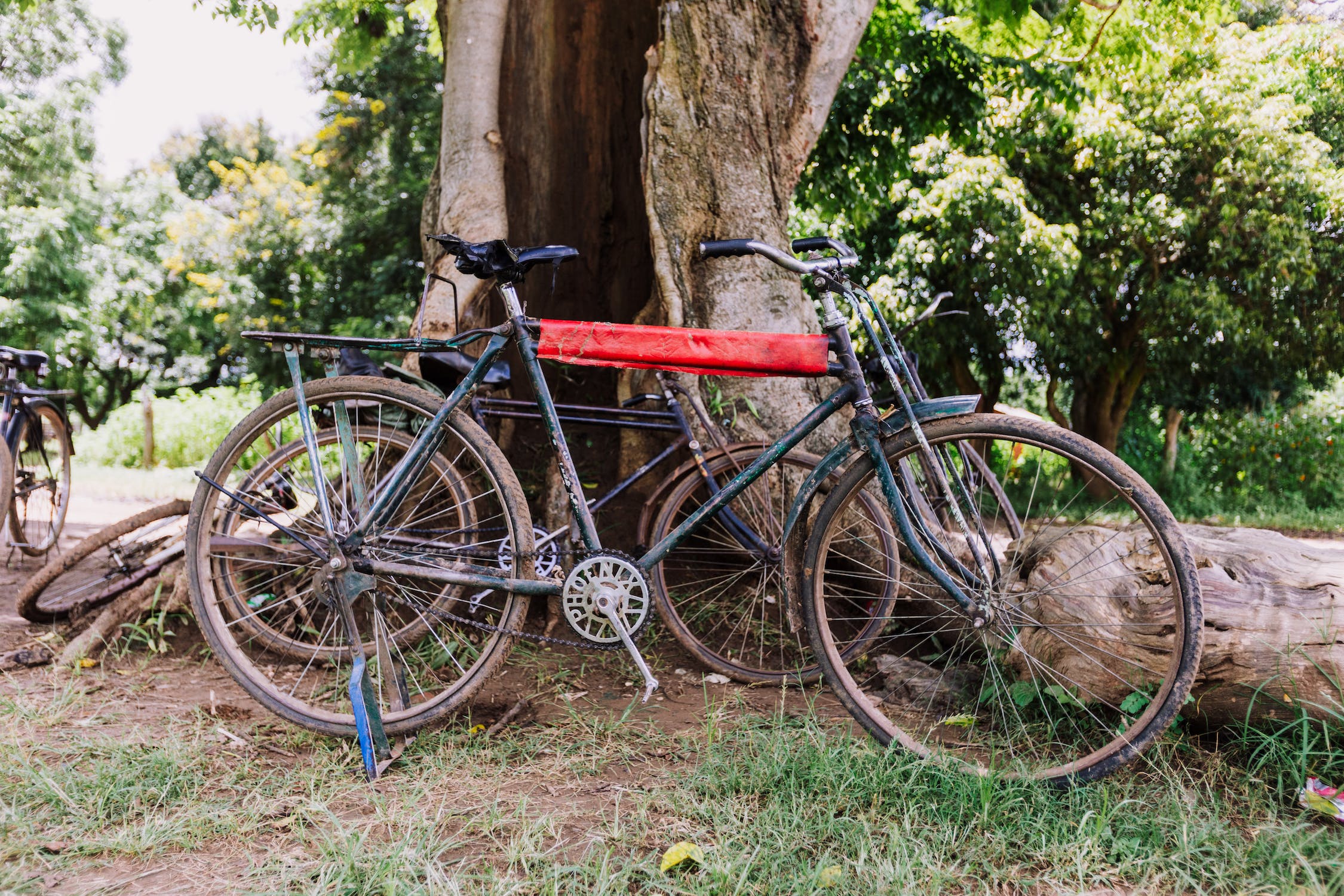There is no denying that bicycles tend to be expensive. A bike of average quality can be purchased for as little as a few hundred dollars, and some of the most expensive ones can run as high as ten thousand dollars. So why do bikes cost so much? Is it just that the producers want to take advantage of the buyers? Or is there another issue at hand? We’ll examine the causes of bicycles’ high cost in this post to try and identify the root of the problem. The cost of bicycles can vary depending on a number of things.
Here are some reasons why bicycles can be expensive:
1. Quality materials:

High-quality bicycles are often manufactured from strong, lightweight materials like titanium or carbon fiber. Due to its strength, low weight, and ability to be molded into intricate designs, carbon fiber is a preferred material for high-end bicycles. However, the cost of the carbon fiber production process might increase the price of bicycles constructed of this material. Because it is lightweight, sturdy, and long-lasting, titanium is another material that is frequently used for high-end motorcycles, albeit it is more expensive than materials like aluminum or steel.
2. Advanced technology:

Bicycles with sophisticated features, such automated shifting, suspension, or built-in power meters, are typically more expensive than simpler ones. This is because the creation and adoption of such technologies may increase the price of producing and putting together bicycles. For instance, electronic shifting systems can dramatically increase the price of a bike because they automatically shift gears using sophisticated sensors and motors.
3. Research and development:

Manufacturers of bicycles devote a lot of time and money to research and development in order to enhance the appearance, functionality, and security of their goods. This can entail anything from creating new materials and manufacturing techniques to analyzing and improving the functionality of various systems and components. Since manufacturers must recuperate their efforts in R&D in order to compete in the market, these costs are frequently reflected in the price of the bicycles.
4. Brand reputation:

Due to their well-deserved reputation for quality and performance, bicycles from recognizable and famous brands frequently have higher sticker prices. These companies have dedicated a lot of time and money to building a solid reputation for manufacturing top-notch bicycles that satisfy the demands of serious cyclists and enthusiasts. As a result, customers frequently agree to pay more for the security of doing business with a reputable brand. This is due to the fact that consumers are confident they are purchasing a high-quality item that has undergone extensive testing and refinement to provide the best performance.
5. Manufacturing and labor costs:

Depending on where the bicycles are made, the cost of labor and production may change. When compared to bicycles made in nations with cheaper labor costs, including China, Taiwan, and Vietnam, such as the United States, Canada, and many European nations, the former may be more expensive. This is due to the fact that labor expenses play a considerable role in the total cost of manufacturing, and producers in nations with higher labor costs might have to raise their prices in order to remain competitive.
6. Customization options:

Some bicycle producers let buyers choose particular parts, coatings, or extras through customization choices. Bicycles that are customized typically cost more because of the extra labor and special features required. The bike may require more time and effort to assemble to the customer’s exact specifications, and manufacturers may need to acquire unique components or finishes that can be more expensive than conventional alternatives.
7. Limited production or exclusivity:

Due to their limited availability and fine craftsmanship, limited edition or boutique bicycles, which are sometimes constructed by hand or produced in small quantities, can be more expensive. These bikes are often constructed from premium materials and parts, and they frequently have distinctive features and aesthetics that distinguish them from models that are mass-produced. Since these bikes are often constructed by trained craftsmen who take great care to ensure that each bike is produced to the greatest standards of quality and performance, the production process for them is frequently longer and more labor-intensive. Because of this, making these motorcycles can be far more expensive than making more widely distributed ones.
FAQS:
What are the benefits of buying a bicycle?
The buying of a bicycle has numerous advantages! Bike riding is a fantastic method to burn calories, enhance cardiovascular health, and elevate mood. Additionally, biking is a green form of transportation that helps lessen traffic and your carbon footprint. As it doesn’t require expensive fuel or maintenance costs and can help you save money on transportation expenditures, biking can be a cost-effective method to get around.
Which country has more bikes than cars?
In the Netherlands, there are many more bicycles than automobiles. In fact, many commuters in the Netherlands use bicycles to travel to their places of employment, their children’s schools, and other locations.
What is the real difference between cheap and expensive bikes?
Depending on the precise models and brands you’re comparing, the real difference between inexpensive and costly motorcycles can change. However, more expensive bikes typically come with nicer materials, greater functionality, and higher-quality parts than less expensive bikes. Cheaper bikes built of heavier materials may not be as quick or responsive as more expensive bikes made of lighter materials, such as carbon fiber or titanium.
Conclusion:
Materials, labor costs, supply and demand, R&D costs, marketing, shipping, profit margins, and even brand loyalty all contribute to the high cost of bicycles. These factors combine to produce the pricing we see today.
It’s vital to keep in mind that although certain bicycles may be pricey, there are other less expensive ones on the market. Bicycles come in a variety of price ranges, so you can likely find one that fits both your demands and your budget.

